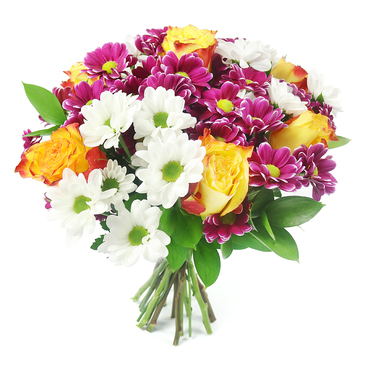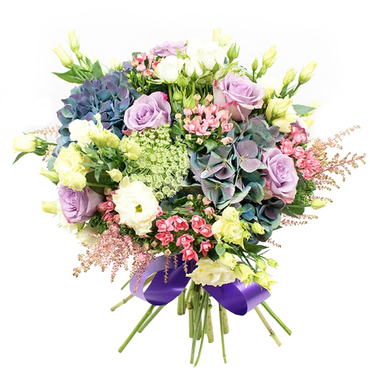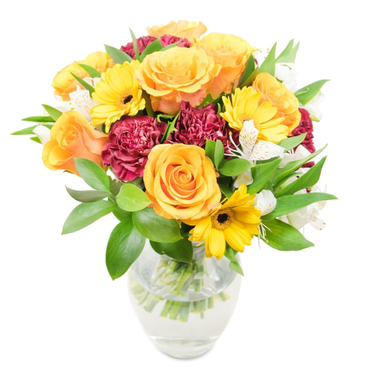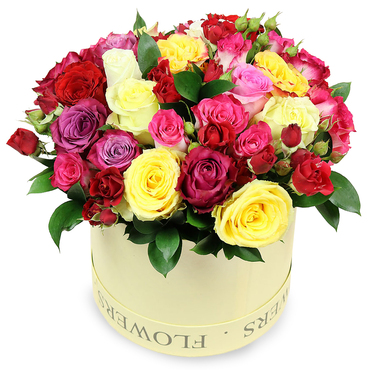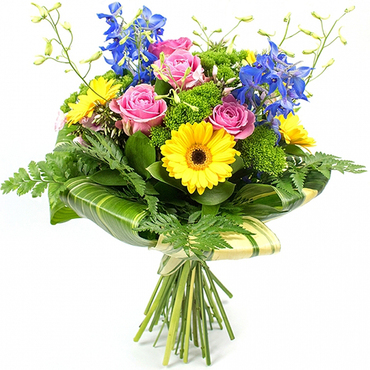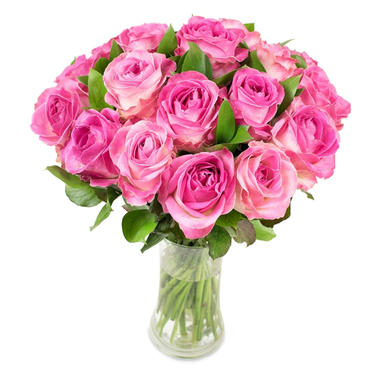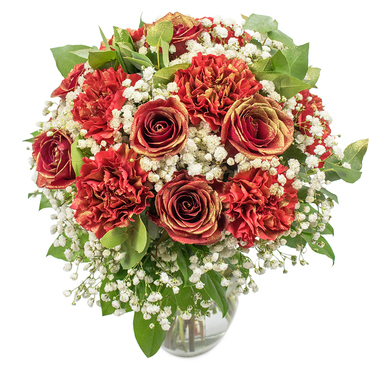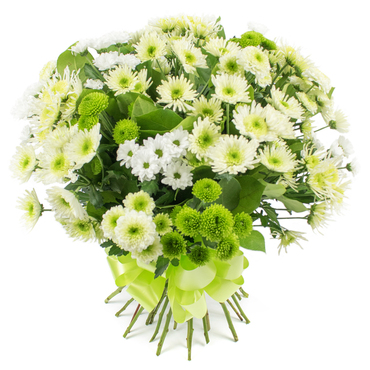Sunflower Trivia You Might Have Missed
Posted on 02/11/2025
Sunflower Trivia You Might Have Missed
Sunflowers are among the most recognizable and beloved flowers worldwide. Their vibrant yellow petals and towering stalks are a common sight in gardens and fields. However, there's more to these cheerful blossoms than meets the eye. Here is some fascinating sunflower trivia you might have missed.
The Origins of Sunflowers
Sunflowers, scientifically known as Helianthus annuus, are native to North America. They have been cultivated by Native Americans for over 4,000 years for their seeds, which were an essential source of food. It wasn't until the 16th century that Spanish explorers brought them to Europe, where they became popular for ornamental and agricultural purposes.

Sunflower Anatomy Explained
Sunflowers are not just a single flower but a composite of many tiny flowers known as florets. The central disk is composed of hundreds to thousands of small tubular flowers, each capable of producing a seed. The outer part, what we often refer to as "petals," are known as ray florets.
Heliotropism: A Unique Behavior
One of the most intriguing aspects of sunflowers is their ability to track the movement of the sun across the sky, a phenomenon known as heliotropism. Young sunflower buds and leaves exhibit this behavior, facing east in the morning and following the sun as it moves westward. However, as the sunflower matures, this behavior stops, and the flower predominantly faces east.
Sunflowers in Culture and Art
Sunflowers have inspired countless artists, with Vincent van Gogh's series of sunflower paintings being among the most famous. These paintings not only celebrate the beauty of the flower but also symbolized van Gogh's gratitude and hope. Additionally, sunflowers are also the national flower of Ukraine and represent peace and unity.
The Practical Uses of Sunflowers
Beyond their aesthetic appeal, sunflowers have numerous practical uses. Sunflower seeds are consumed globally as a healthy snack, rich in vitamins and minerals. Moreover, sunflower oil, extracted from the seeds, is widely used for cooking due to its health benefits and high smoke point. Sunflowers also play a role in phytoremediation, helping to clean contaminated soils and absorb heavy metals.
Interesting Sunflower Trivia
- Sunflowers can grow incredibly tall, with the tallest on record reaching 30 feet and 1 inch.
- The average sunflower head consists of 1,000 to 2,000 individual seeds.
- Sunflowers have been used in space studies to understand how plants grow in zero gravity environments.
- Sunflower leaves are coarse and can be used as a natural sandpaper substitute.
- The largest sunflower head diameter recorded was over 32 inches.
Pros and Cons of Growing Sunflowers
Pros:
- Sunflowers are relatively easy to grow and maintain.
- They attract beneficial insects like bees, which aid in pollination.
- Sunflower seeds can be harvested for consumption and oil extraction.
- Their roots help in soil stabilization and phytoremediation.
Cons:
- Sunflowers require a lot of sunlight and water to thrive.
- They can attract pests like aphids and birds, which may damage the plants.
- Tall varieties can be susceptible to wind damage and may require staking.
Tips for Growing Sunflowers
- Choose a sunny location with well-draining soil for planting sunflowers.
- Plant the seeds directly in the ground after the danger of frost has passed.
- Space the seeds approximately 6 inches apart to allow for adequate growth.
- Water the sunflowers regularly, especially during dry spells, but avoid waterlogging.
- Support tall varieties with stakes to prevent them from toppling over in high winds.

Takeaways
Sunflowers are not just a symbol of joy and positivity; they also offer practical benefits, from food and oil production to environmental cleanup. Their unique traits and versatility make them fascinating plants that can thrive in a variety of environments.
Conclusion
Whether you're an avid gardener, an art enthusiast, or simply an admirer of nature's beauty, sunflowers have something to offer. From their rich history and cultural significance to their practical uses, these vibrant flowers continue to captivate and inspire. Next time you see a sunflower, you'll appreciate the depth of its beauty and the remarkable trivia that surrounds it.





